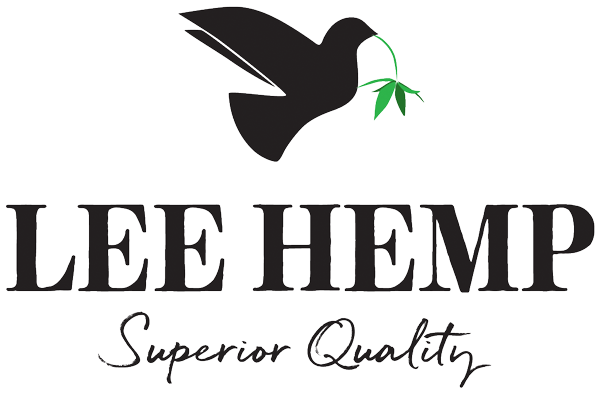FAQs
"Hemp means the plant Cannabis sativa L. and any part of that plant, including the seed thereof and all derivatives, extracts, cannabinoids, isomers, acids, salts, and salts of isomers, whether growing or not, with a delta-9 tetrahydrocannabinol (THC) concentration of not more than 0.3 percent on a dry weight basis."
"Marijuana" or marihuana" means all parts of the plant Cannabis, whether growing or not, with a delta-9 THC concentration greater than 0.3 percent on a dry weight basis."
By law, all hemp must contain a delta-9 THC concentration of 0.3% or less by dry weight, this will also include the laboratories "Measurement of Uncertainty"
The measurement of uncertainty is similar to a margin of error. When the measurement of uncertainty, normally expressed as a +/- with a number, (e.g., +/- 0.05) is combined with the reported measurement, it produces a range and the actual measurement has a known probability of falling within that range.
For example, if a laboratories measurement of uncertainty is 0.05 percent and the delta-9 THC measured in the tested material is 0.35 percent, the 0.05 is added and subtracted to the 0.35 percent value. The range would then be 0.40 percent to 0.30 percent. With the measurement of uncertainty included, this scenario would allow the material tested to comply because the lower value is at 0.30 percent.
Tetrahydrocannainolic Acid (THCA) is found in Cannabis and is a precursor of delta-9 Tetrahydrocannabinol (THC). THCA is considered non-psychoactive, while delta-9 THC is psychoactive. The difference between the two molecules is a carboxylic acid group found on THCA, which is not present on delta-9 THC. Removing this carboxylic acid group (adding heat) is “de-carboxylation.”
Delta-9 THC is the number that needs to be 0.3 percent or below for Hemp. There are two common testing methodologies for THC concentration testing:
Gas Chromatography: This method uses heat and de-carboxylates the THCA in the material tested. The only result that is measured is delta-9 THC.
High-Performance Liquid Chromatography: This method is without heat and the THCA amount is measured, including delta-9 THC if present (Total THC).
After the measurement a scientific calculation is applied to find the delta-9 THC amount in the THCA: (delta-9 THC = delta-9 THC + (THCA * .877))
The equation states 87.7% of the measured THCA is delta-9 THC. The remaining 13.3% is the carbon atom that is lost during de-carboxylation. This is then added to the delta-9 THC amount that was measured in the Hemp material. The result is the total delta-9 THC in the material tested.
Delta-9 THC can naturally be present in plant material and is caused by things such as sunlight, heat, amount of time flower has been on the plant, stress etc.
Click on our Growing Hemp Page, select your state and you will be directed to your department of agricultures web site. From there you will be able to go through your states specific registration process.
Please remember many states allow you to grow a few plants with no license required. On our Home Page you will find a list of states, and the total quantity you can grow without a license.
Planting hemp seeds from April-June is advised, although conditions are more important than the calendar date. A soil temperature above 50°F, in Full-Sun, and well drained soil is ideal. Upon planting, follow with a deep watering to promote germination. You should be able to see seed-sprouts emerge anywhere between 3-8 days although some seeds can take as long as two weeks.
If you're starting seeds inside, it is recommended to do so around May 1st. This allows 3 weeks of growth before transplanting outside. Seedlings should be lightly watered each day and stored in a warm (above 70°F) room with full sunlight. When the stems near the base begin to become “woody” and more stable, the seeds are ready to make the move outdoors.
Hemp seeds should be planted .5-1" deep.
Hemp plants will stay in a vegetative state until the daylight ours fall below 13-14 hours per day. In the United States this occurs during the 1st and 2nd week of August. In 2021 the longest day of the year will be June 20th, after which the days will begin to shorten. If you plant between April-June this will give your plants plenty of time to grow in size adequate to support abundant flowers. Beginning the 1st and 2nd week of August the female plants will begin to flower. Within 4-6 weeks of flower time, the hemp plants will be ready to harvest.
Please refer to the link below to learn more about daylight hours in your region.
